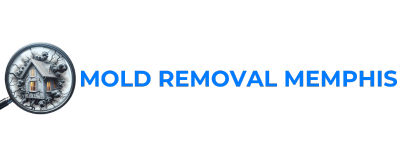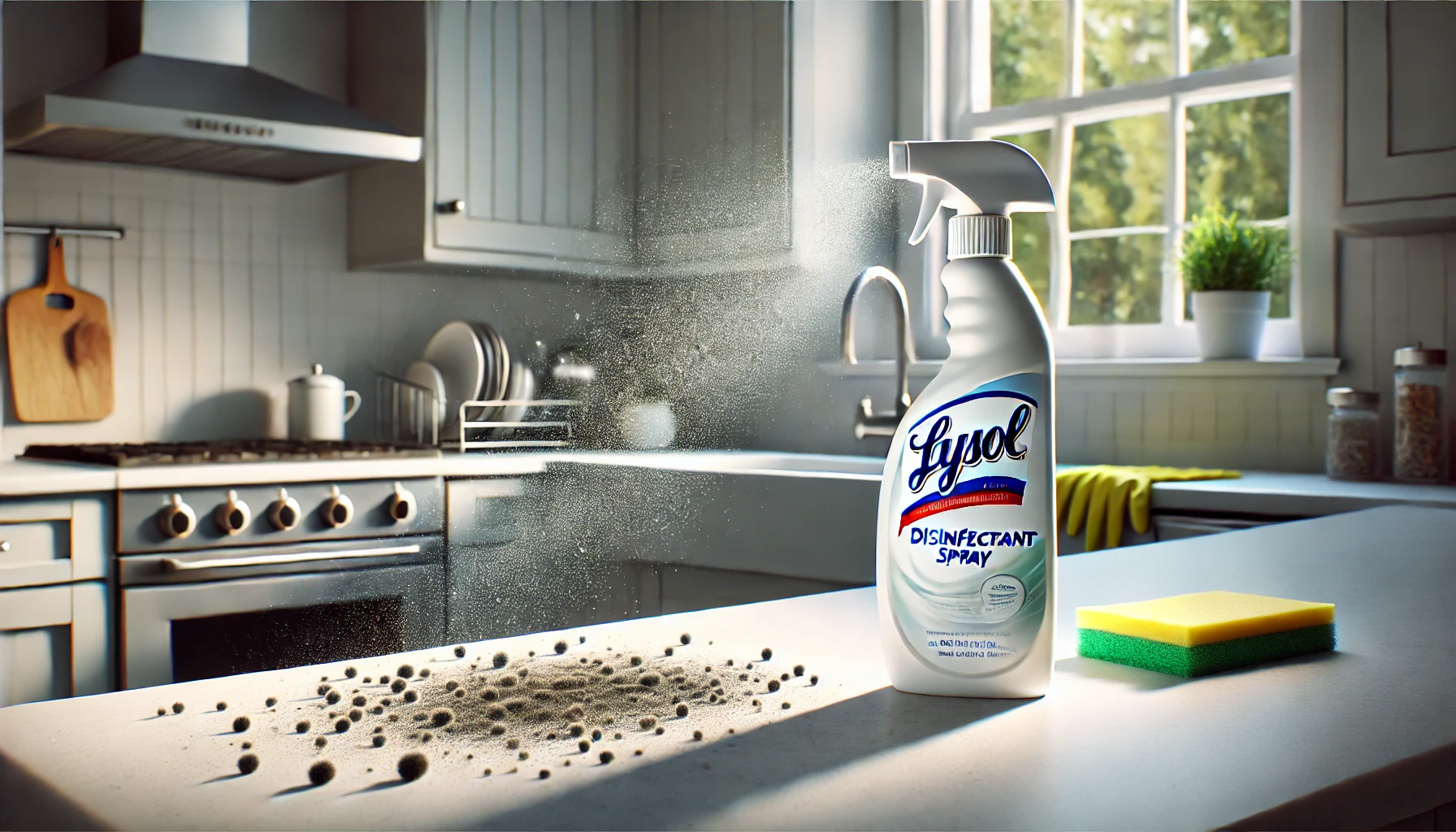Does Lysol Effectively Kill Mold Spores On All Surfaces?
TL;DR: Lysol products can be effective against mold, but their efficacy varies. Lysol disinfectant spray kills 99.9% of mold spores when applied correctly, requiring surfaces to remain wet for at least 10 minutes. However, Lysol wipes may not keep surfaces wet long enough to be fully effective. The Lysol Mold & Mildew Foamer with Bleach is particularly effective on non-porous surfaces like shower curtains and caulk. For porous materials or severe mold issues, alternatives like vinegar (which kills about 80% of spores) or specialized products such as Sporicidin may be more suitable. When cleaning mold, you should address the underlying moisture problem, keeping relative humidity below 60%, ideally under 50%.
Mold can be quite a nuisance, right? You see those black spots on shower walls or smell that musty odor in car A/C systems, and it seems to pop up everywhere. It can really cause problems—like triggering allergies, ruining clothes, and even affecting taxidermy. Many of us have reached for that familiar Lysol spray, hoping it will do the trick. But here’s the big question: does Lysol actually kill mold spores on different surfaces? Whether it’s fabric, wood, or metal bed frames, people are left wondering if they’re just moving spores around or if there’s a better solution out there.
In this guide, we’ll clear up the confusion and dive into how well Lysol works against mold. We’ll look at what it can do and what you should know to tackle mold effectively.
If you want to know what kills mold, you can read our following guides:
How Does Lysol Work Against Mold And Mildew?
Lysol Mold and Mildew Remover is made to tackle fungal growth in homes, especially in bathrooms and places that get damp. This disinfectant spray claims to kill 99.9% of viruses and bacteria, including mold and mildew spores.
Lysol kills mold primarily through its active ingredient, Sodium Hypochlorite (2.0%), which is a form of bleach. Sodium Hypochlorite acts as a disinfectant and oxidizer. When applied to mold, it breaks down the cell walls of mold spores through oxidation. This process effectively kills the mold cells by destroying their structure. Lysol also has properties that help prevent the growth of mold and mildew. When used as directed, it can prevent mold from reappearing for up to 7 days.
To use Lysol against mold and mildew, start by cleaning the surface first. Then, spray the product on and let it stay wet for 5 minutes before letting it air dry. For ongoing prevention, it’s a good idea to repeat this treatment weekly or as needed. You can find Lysol in several scents, like Ocean Fresh, Cotton Lilac, and Cool Spring Breeze.
While Lysol works well, keep in mind that if you have mold problems larger than 10 square feet, you might need professional help. Lysol helps to physically remove mold, but just spraying chemicals won’t completely get rid of it.
Also, it’s really important to fix the source of moisture, since mold needs dampness to grow. Keeping humidity levels below 55% is key to preventing mold. For more serious cases, you might consider alternatives like borax or specialized products such as MoldStat Plus or MILGO. These are EPA-registered fungicides designed to clean and kill mold on both porous and non-porous surfaces.
Does Lysol Kill Mold On Wood?
Lysol can help fight mold on wood surfaces, but it might not be as strong as some other products made just for that purpose. Lysol can kill mold on the surface and stop it from coming back on wood. However, it doesn’t work as well on porous surfaces, like untreated wood, where mold can dig deeper into the material.
To get the best results with Lysol, spray it on the affected area of the wood, let it sit for a little while, and then wipe it off. While Lysol can get rid of visible mold, it might not completely remove mold spores that are deeper in the wood or fix any moisture problems that help mold grow in the first place. For tougher mold problems, you might want to try other options like bleach mixtures, vinegar, hydrogen peroxide, or specialized products such as Concrobium Mold Spray, which are made specifically for wood.
It’s also important to do a spot test before using Lysol or any cleaner on wood. This is especially true for finished or treated surfaces, as you want to make sure it won’t cause any discoloration or damage.
Does Lysol Kill Mold On Walls And Ceilings?
Lysol can help kill some types of household mold found on walls and ceilings, but it has its limits. Some Lysol products contain active ingredients like quaternary ammonium compounds and hydrogen peroxide, which can remove mold from surfaces. However, keep in mind that Lysol is mainly meant for cleaning surfaces, not for tackling serious mold problems that go deep into materials.
When using Lysol to get rid of mold, it’s important to soak the affected area and let the product sit for a while. While Lysol can kill visible mold, including black mold, it doesn’t stop mold spores from spreading or coming back. Just killing the mold doesn’t fix the moisture problem that allows mold to grow in the first place.
Both live and dead mold spores can cause allergic reactions because of proteins on their surfaces. So, even if you kill the mold, some health risks may still be present. For small areas affected by mold (less than 10 square feet), the Environmental Protection Agency suggests cleaning with soap and water first, and then using a biocide if needed.
Interestingly, Lysol might work better than bleach on porous surfaces like drywall. This is because bleach doesn’t penetrate deeply enough to kill the mold spores that are stuck in the material.
Does Lysol Kill Mold On Fabric?
Lysol can kill mold on fabric, but how well it works depends on a few things. This disinfectant spray has active ingredients like sodium hypochlorite and quaternary ammonium compounds, which can get rid of certain types of mold, including black mold. However, if you have a serious mold problem or if the mold has grown deep into the fabric, using just Lysol might not be enough. In those cases, you might need to call in professionals who specialize in mold removal.
When talking about mold on fabric, it’s important to know that “black mold” can be a bit misleading. It refers to different types of mold that look black. Mold is everywhere, so getting rid of it completely can be tough. While Lysol can kill mold spores on the surface, it might not work as well if the mold has gone deep into materials like clothing.
To effectively fight mold on fabric with Lysol, you need to tackle the moisture issues that help mold grow. Mold loves damp places, so finding and fixing leaks or sources of extra humidity is key for long-term control. When you use Lysol on fabric, make sure to cover the area well and let it sit for a while so it can do its job. Keep in mind that spraying Lysol in the air won’t kill mold spores floating around. It’s meant for surfaces only.
While Lysol can be helpful, other options like vinegar or hydrogen peroxide may also work to get rid of mold on fabric. Their effectiveness can change based on the type of mold and fabric. It’s important to remember that no single chemical has been shown to completely eliminate all mold spores in a home.
How To Safely Use Lysol To Kill Mold?
To use Lysol safely for killing mold, start by cleaning and drying the area well. Lysol disinfectant spray works effectively against household mold because of its active ingredients, such as hydrogen peroxide and quaternary ammonium compounds. These ingredients have antifungal properties and target common indoor molds like Aspergillus, Cladosporium, and Penicillium.
After cleaning, spray Lysol directly on the surfaces. Remember, it’s meant for surfaces, not for airborne mold spores. If you need to treat your vehicle’s AC system, spray Lysol into the intake vents, usually located under the windshield near the wiper assembly. Set your car’s ventilation to “vent” and run the blower on high to help distribute the disinfectant. Some people suggest doing light applications once a month to keep things fresh.
In case of showers, spraying Lysol after each use can help prevent mold growth, but it’s not the most effective long-term solution. Instead, focus on drying the shower walls with a squeegee immediately after use, which is vital for preventing mold growth.
Use a powerful extractor fan during and after showering to reduce humidity, a key factor in mold development. Regular scrubbing of the tub and shower is essential, as thorough cleaning removes mold and grime more effectively than just spraying disinfectants. For better mold prevention, consider products like Microbrium, which can provide a barrier against mold growth in areas prone to moisture.
For taxidermy specimens, mix a capful of Lysol concentrate with half a gallon of warm water. Clean the affected areas with a sponge, following the direction of the hair, and then use a fan to help dry it. When it comes to collectibles, try to keep humidity levels between 30% and 40%. You can freeze items in a plastic bag for a few days to make mold spores dormant. This method is safe for leather, cloth, and paper items.
If you have books that smell musty, place them in a brown paper bag with crumpled newspapers and coffee packs to help absorb the odors. While Lysol can kill mold, it doesn’t fix the moisture problems that cause mold in the first place. Be sure to find and fix sources of dampness, like leaks or condensation. To help dry the evaporator in vehicles and prevent mold growth, use the “afterblow” feature or turn off the AC compressor a few minutes before stopping.
For severe mold issues, consider professional remediation. Our experts recommend using products like Benefect Decon 30, Serum CU, BactiBarrier, and Microban for thorough mold treatment. Keep in mind that dead mold spores can still cause allergic reactions, so proper cleaning and prevention are very important.
Lysol Not Enough? Choose Expert Mold Removal For Lasting Results!
While Lysol can be effective for small mold patches, it may not fully eliminate mold on porous surfaces or prevent it from returning. For comprehensive and long-lasting mold remediation, trust our mold removal technicians. Our expert team uses advanced methods to thoroughly remove mold and address the root cause, ensuring a healthier home environment. Contact us today for a free consultation and let us handle the tough mold problems for you!

